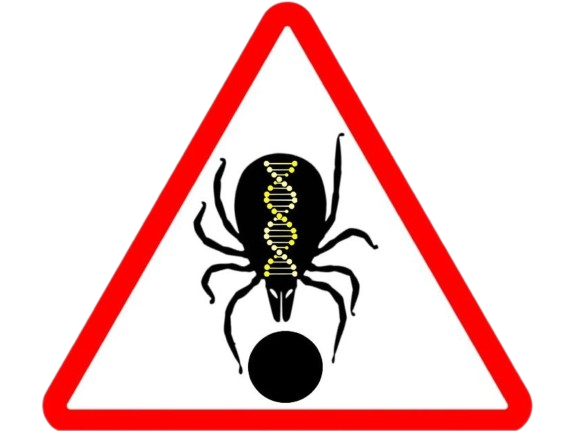Halajian A, Cuozzo FP, Heyne H, Sauther ML, Linden B, Linden J, Tordiffe ASW, Rampedi KM, Hornok S. (2024) Hard ticks (Acari: Ixodidae) parasitizing bushbabies (Mammalia: Galagidae) in a biodiversity hotspot of northern South Africa. Ticks and Tick-Borne Diseases 15:2.102313 p.
https://doi.org/10.1016/j.ttbdis.2024.102313

